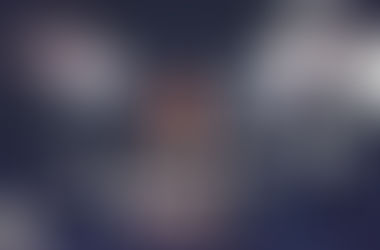Lamination Vs Encapsulation: what’s the difference and when should you use them?
- Marcus Bowen
- Sep 6, 2023
- 3 min read
Lamination and encapsulation simply provide a clear plastic cover over printed materials and are both designed to increase the life span of your paper products.
However, there are distinct differences between the two and understanding the benefits and limits is key in helping to determine which is right for your project.
What is the difference between lamination and encapsulation?
The main difference between the two finishes comes down to the thickness of the film coating used.
Encapsulation is designed to provide a more hardwearing protection which can be wipe cleaned and lasts longer. The plastic coating applied is a lot thicker than in lamination with a high-grade film used. It is often used on menus, maps or instore catalogues which are frequently handled and could be torn without protection. It also helps if things need to be sanitised and wiped down frequently.
Lamination will offer some degree of protection on business cards, glossy magazines, corporate brochures and display signs. However, it only uses a thin film of plastic to extend the life of the product it is not designed to be waterproof or as long lasting.
How do I know whether I need to laminate or encapsulate?
Often people will use the word lamination when they mean encapsulation. It is important to understand what you want to use your printing for so that you can determine whether lamination or encapsulation is going to be best for your project.
Think about what you are wanting it for and how it needs to protect your print.

How long does your print need to last?
If the item is going to be used for one day, or only a short period of time, such as an event program or leaflet, then lamination will probably be enough. If however, you need the item to last for months then encapsulation will provide a tougher level of protection preventing you having to continually reprint.

Does it need to be durable?
Some items such as menus or instore catalogues are frequently handled and therefore need to be sanitised and wiped clean. Lamination is not sealed around the edges so will not offer the waterproof protection of the thicker film of encapsulation. Encapsulated documents have a sealed edge all the way around allowing the document to be fully enclosed inside. Think about how your products will be maintained as well as their lifespan to determine which finish is best for you.

Where will the finished piece be located?
Finally consider the location of your item. If it is an outdoor sign or frequently used outside, it might need to have a thicker coating to withstand the elements. Higher grade encapsulation films can be waterproof so if your item is being used outside this will be the better option. It is important to note that not all encapsulation films are waterproof as there are different grades of coating so make sure you are clear that an item will need to be waterproof when ordering if you are encapsulating documents to use outside.
Both lamination and encapsulation offer a tough, durable, and scratch free surface to protect printed materials. Widely used they are a great way to increase the life span of your printed products. However, it is important you understand the limitations of each technique to make sure you get the best result and most cost-effective solution for you.
Lamination can be useful in protecting printed materials, but it has its limitations and equally not all projects need the high grade, long-lasting, waterproof finish of encapsulation so understanding your requirements and how you want something to work is essential in making the right choice.
LG Davis is one of only a few printers in the Midlands that offer encapsulation services. We offer a free consultation with all clients to determine which option is best for you.
Why not talk to our team to find out how we can help and whether lamination or encapsulation is the best avenue for your next project.












































Comments